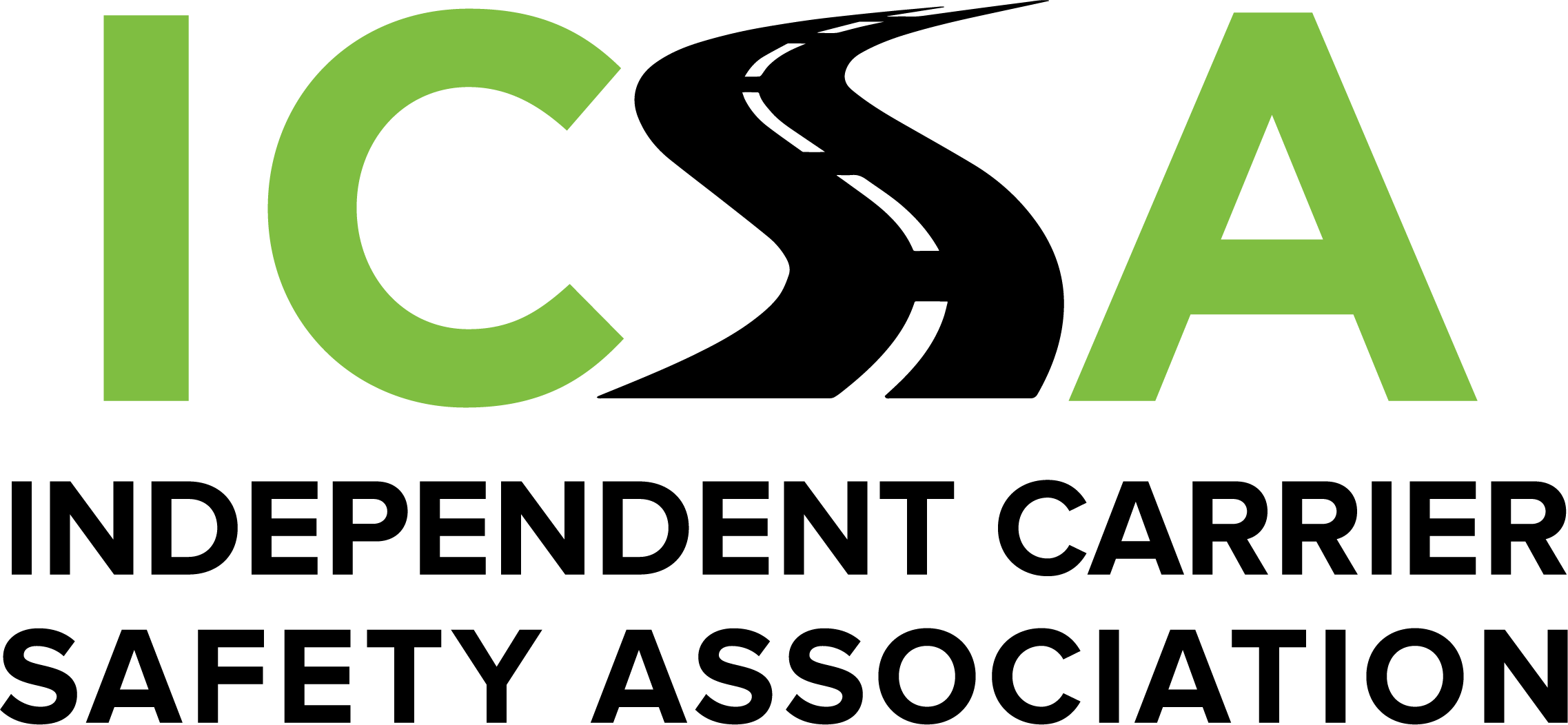A recent decision by the National Labor Relations Board (NLRB) means that there are now three major tests to determine whether a worker is an employee or an independent contractor. Each test considers different factors, and each can affect whether a truck driver is regarded as operating independently as an owner-operator or is an employee of the fleet to which the O/O has leased. ICSA members who wish to operate as true independent contractors need to understand the various definitions of that term and how and where definitions apply. Below are the three tests, with the latest NLRB test(s) listed as #3.
- The three-factor test. California Assembly Bill 5 (AB5) is well-known to trucking, because the second factor AB5 considers is whether the worker “performs tasks outside of the hiring entity’s usual course of business.” It is difficult to argue that an O/O driving a truck is in a different line of work than the hiring fleet. AB5 is currently being litigated by trucking groups.
- The six-factor test. The U.S. Department of Labor (DOL) has proposed a new federal definition of employee and independent contractor. The DOL proposal considers six factors, each one to be weighed equally. The increased number of factors may suggest the DOL understands that employer/worker relations can be complex.
But the DOL proposal has two major issues: 1) it specifically refuses to consider the worker’s opportunity for profit or loss – is the worker trying to operate a separate business? Even AB5 includes that factor; and 2) it considers worker compliance with laws, rules, and safety regulations as evidence of employer “control,” even though following the law is required of everyone, including independent contractors in business for themselves.
- The ten-factor (and counting) test. The NLRB is an independent federal agency established to protect employees from unfair labor practices. In that capacity, the NLRB often determines whether workers are employees or independent contractors because the NLRB conducts workplace elections when workers seek union representation. Under federal law, employees can be organized; independent contractors cannot.
The NLRB applies a “non-exhaustive” list of ten factors in making its determinations. Those factors include whether the workers are operating as “entrepreneurs,” with a separate business profit-and-loss incentive. Trucking owner-operators certainly fit that bill. The recent NLRB decision, however, overrules a past NLRB decision that regarded entrepreneurial opportunity as the “lens” through which all 10+ factors should be viewed. Now, it’s just another consideration.
A past NLRB ruling clearly stated that government-imposed rules – such as federal safety regulations – are not evidence of employer control. That puts the NLRB in conflict with the DOL proposal. As with Assembly Bill 5, litigation may ultimately determine who is an independent contractor.

